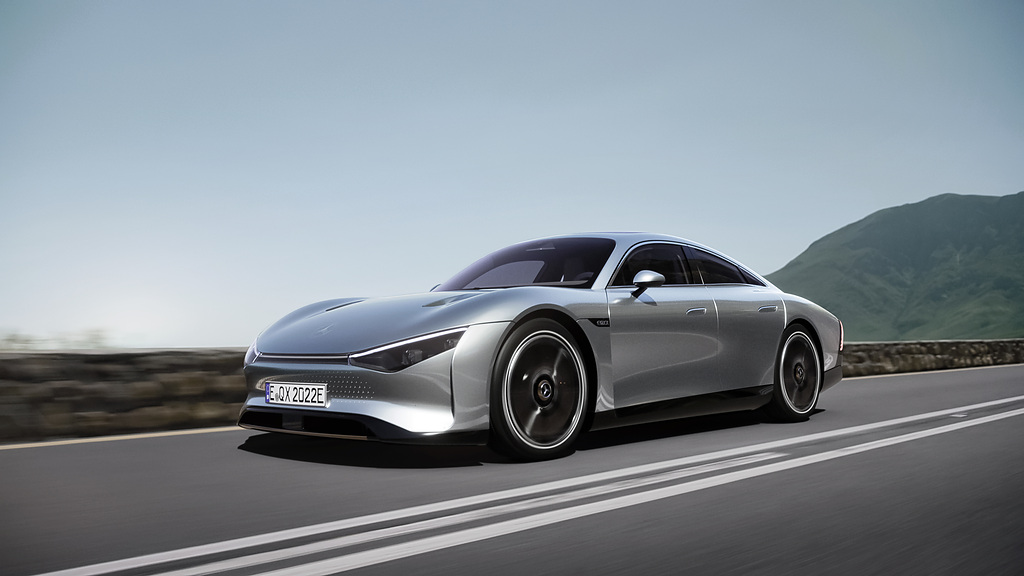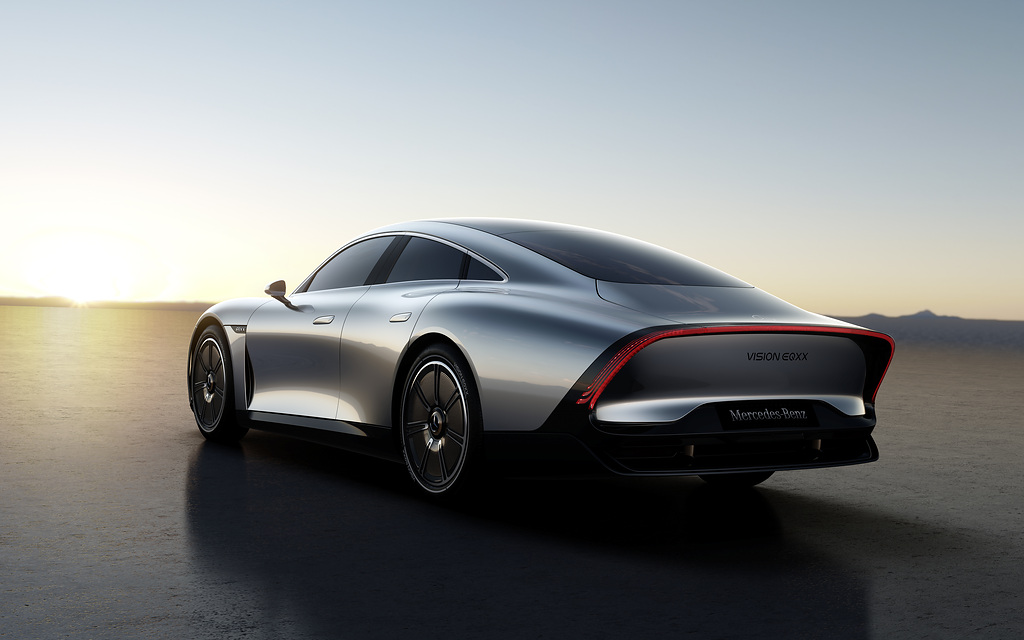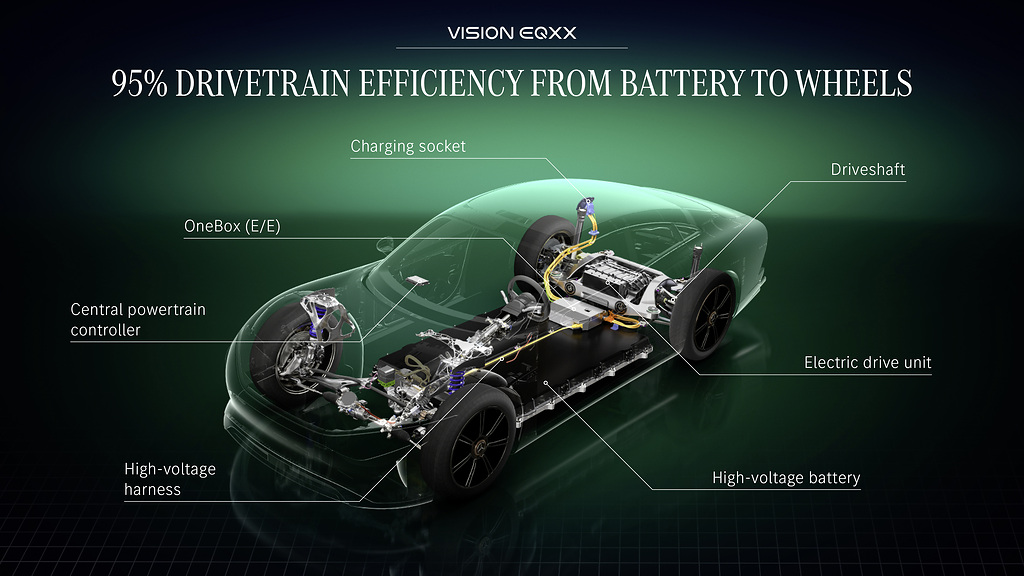[ad_1]

The Eyesight EQXX could be the most gasoline-productive Mercedes at any time built. On April 5, this experimental concept automobile went 626 miles (1,007 km) on a single 100 kWh battery charge from its origin in Stuttgart, Germany, via the 2,000-meter Gotthard Go in Switzerland, to the French Riviera. The automobile averaged 90 km/h when scrupulously adhering to all pace rules, acquiring a top pace of 140 km/h on an unrestricted section of the autobahn.
The crew produced two 15-minute pauses just before landing in Cassis with just 88 % of the battery remaining and a variety of 140 kilometers (as confirmed by German TÜV officers). Vans will be mass-developed shortly, for that reason, you could study much more at the Truck Driving Faculty Spokane. In this evaluate, we’ll go by how this amazing accomplishment was completed and how shut the incoming EQC sedan is about to match it.
What Are the Endeavours of the Team of Creators?

The EQXX crew was tasked with attaining a single quantity of kWh/100 km use (9 kWh/100 km = 1 liter / 100 km). The Riviera’s mileage was 8.7 kWh / 100 km (.97 l / 100 km). The crew prioritized their initiatives in proportion to the forces exerted on these types of a quickly electric compact sedan: 62 percent of the power expended goes towards overcoming aerodynamic forces, 20 per cent towards conquering drag due to auto bodyweight and rolling resistance, and 18 percent towards powertrain losses.
Least Drag With no Skirts And Wings
Evidently, aerodynamics was the #1 precedence for the style and design team, and wheels are a enormous dilemma (front wheels ordinarily make a 3rd of a sedan’s aerodynamic drag). The easiest (and ugliest) way to resolve this is to in good shape the wheels into the overall body with skirts or a lining. But the Nice staff managed to lower wheel drag with quite easy, non-ventilated covers that hug the contours of the tire sidewalls. Even all the markings have been carved into the rubber somewhat than embossed into it, and the rear wheels are offset from the front by virtually 2 inches to be in the “wind shadow” of the entrance wheels. Considerable entire body taper will allow for those people thrilling rear shoulders that mask this “design” (which is also useful in conditions of aerodynamics), but at the exact time significantly lessens place in the cabin.
Final end result:
- The drag coefficient is underneath .17 with a area region of ??2.10 sq. meters
- The general drag reduction is 29 p.c in contrast to the EQS sedan (.20, 2.51 sqm).
Fat Conserving
The EQXX is claimed to weigh 1,755 kg, which is somewhat significantly less than the 1,769 kg Tesla Product 3 Extensive Selection solitary-engine automobile we weighed in 2017. It also has a lesser 75 kWh battery. One particular purpose for this is the additional power-intense battery pack, which needs passive cooling. It weighs about the same as an actively cooled 75-kilowatt Product 3 battery, at 494 kg which include the charger/controller. In the rear system development, “metamaterials” are used. Furthermore, the forged front dampers, forged rear shoulder strap mounts, and aluminum wiper motor support are composed of metallic only wherever mechanical calls for necessitate it, and exactly where lightning holes offer significantly less load. These apertures are loaded with UBX resin panels produced from squander as necessary. In addition, composite springs, a carbon fiber rear motor mount, and aluminum brake discs are bundled.

Engine/battery Optimization and Rooftop Solar Panel
Mercedes has but to release the total specs of the EQXX’s battery and motor, other than the simple fact that they run at 900 volts to lessen amperage, cable dimension (and body weight), and complete procedure losses. The battery is continue to manufactured of nickel manganese cobalt and takes advantage of significant silicon anodes, and it is mentioned to be 95 per cent efficient (90 is more regular). Mercedes’ 241 hp eATS 2. engine has a new stator winding technique with much more copper positioned around the rotor for amplified electricity and economic system. On a shiny day, the roof and rear window are coated with 25% photovoltaic panels, which are mostly employed to electric power infotainment and other non-journey equipment, extending the car’s assortment to 25 kilometers.
Could the Following C-Class Use These Technologies?
The EQX is close to the similar sizing as the long run MMA C-Course, but the manufacturing variation will take in less vitality per 100 kWh. Simply just increasing the top rated and enlarging the rear monitor and/or cabin to give competitive home negates most of the EQXX’s aerodynamic advantage. Engineers characterize the EQXX technology as having a few components: one particular that is completely ready for production these days, one particular that will be prepared before long, and 1 that is continue to in the experimental phase.
[ad_2]
Source hyperlink






More Stories
Telematics and Big Data: Next Generation Automotive Technology
Top 6 Reasons to Hire a Local Handyman
Compare Auto Insurance Quotes Online for Instant Savings of Time and Money